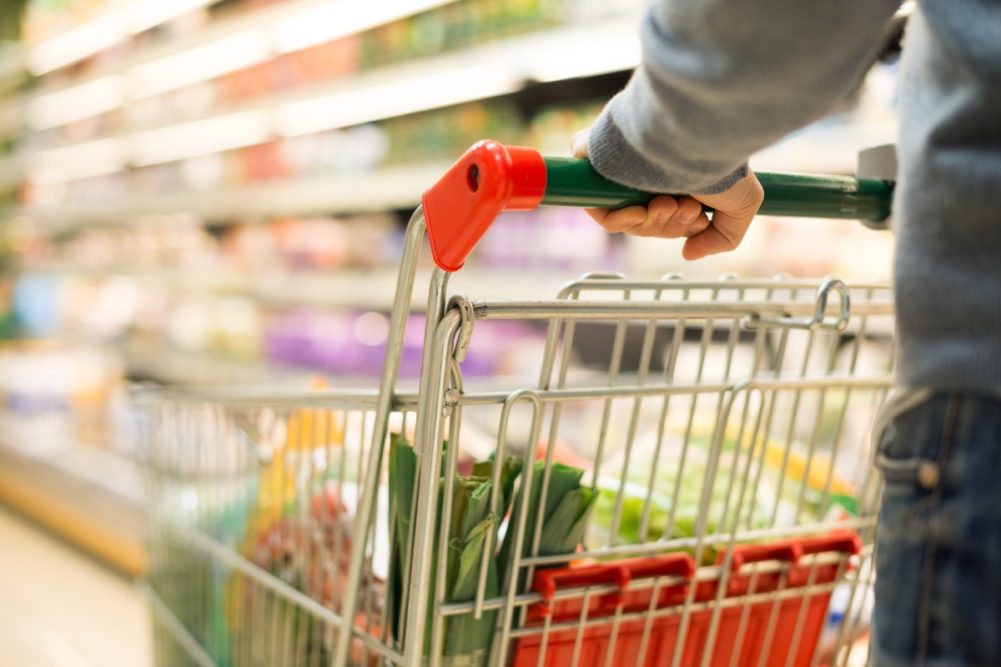Since the supply chain issues of 2020 and 2021 have eased, companies can now better focus on reaching consumers in fresh ways.
A recent survey from McKinsey found that three-quarters of dairy leaders reported neutral or improved margins in 2021, a slight increase from 2020. Retailers have added an array of new and unique dairy products to their private brand portfolios in an effort to offer variety in the category and stay competitive.
Producers are often the first hit by tough economic environments. Consumer behavior in an era of mission-driven and price-sensitive purchasing caused uncertainty for dairy. A surge in demand for dairy products in 2020 improved the overall economic performance of the industry in the midst of great challenges. In 2021 the industry saw stabilization. But, the industry has proven its resilience and ability to adapt creatively.
The pricing surge
According to McKinsey, the last couple of years have significantly altered how consumers shop for CPG goods. Most metrics of consumer behavior – such as confidence and price sensitivity – have improved since last year but are still up from 2019 levels. For example, 36% of consumers cut back on spending in 2021, compared to 41% in 2020. McKinsey also reports that 45% of consumers report paying attention to prices in 2021, compared to 51% in 2020 but 29% prior to the pandemic.
Consumers are exhibiting some conflicting impulses. They are both more likely to purchase less expensive products, but also pay premiums on specific attributes. For example, McKinsey reports 59% of consumers are willing to pay more for healthier products and 54% for better animal welfare.
While inflation continues to be a pain point for consumers, retail food and beverage price increases are finally beginning to slow, according to recent data from IRI.
Prices in September were 13% higher than the same time last year, but they did not grow significantly from July to September. The market research firm said the flattening price curve is a noticeable deviation from the consistent increases between January 2022 and July.
“September data revealed some welcome news for consumers: price inflation is slowing down for the first time this year in the perimeter categories that account for nearly $200 billion in annual retail sales,” said Krishnakumar Davey, president of thought leadership for IRI, a Chicago-based market research firm. “However, overall grocery bills are still significantly higher than this time last year, causing shoppers to shift their purchase habits.”
Consumers are bargain hunting, shifting to larger pack sizes and steering clear of highly inflated categories to avoid large grocery bills. Quick trips to the store also have become more popular, up 5.7% in the last 12 weeks compared with the same time last year, indicating that consumers are choosing to cherry pick products across different stores to get the best deals.
Sustainability matters
It’s well documented that dairy production currently contributes to global greenhouse gas emissions. The industry continues to invest in areas such as responsible waste disposal, water and energy management, recyclable packaging and renewable energy. Many dairy leaders also support farmers in adopting green practices.
However, while consumers rank food and beverage as one of the most important industries when it comes to environmental impact, many are unable to articulate what makes a product in the category sustainable.
There is also a gap between consumers who say they are interested in sustainable items and the retailers who say they believe consumers are interested in such items, according to two 2021 surveys from research firm First Insight, Warrendale, Penn.
A survey of more than 1,000 consumers in July 2021 found 68% of respondents said they were willing to pay more for sustainable products. A survey of 51 retail senior-level business executives took place in October 2021. Thirty-four percent said they thought consumers would pay more for sustainable products. While 72% of consumers said sustainability was a very or somewhat important purchase consideration, 51% of executives said they thought sustainability was a very or somewhat important purchase consideration for consumers.
“This report clearly demonstrates that retailers are leaving money on the table,” said Greg Petro, chief executive officer of First Insight. “Brands and retailers must listen to the voice of the customer on issues as critical as sustainability. Consumers want more than performative measures from retailers and brands when it comes to ESG (environmental, social and governance) priorities, which will only become more important as Gen Z grows in influence.”
When asked why they prefer sustainable brands, 17% of consumers said to improve the environment, 16% said social signaling, 11% said to reduce carbon footprint, 9% said to reduce production waste and 8% said animal welfare.
Another gap came in brand importance – 56% of consumers said they ranked brand name as somewhat or very important while 94% of executives said they thought consumers rank brand name as somewhat or very important.

